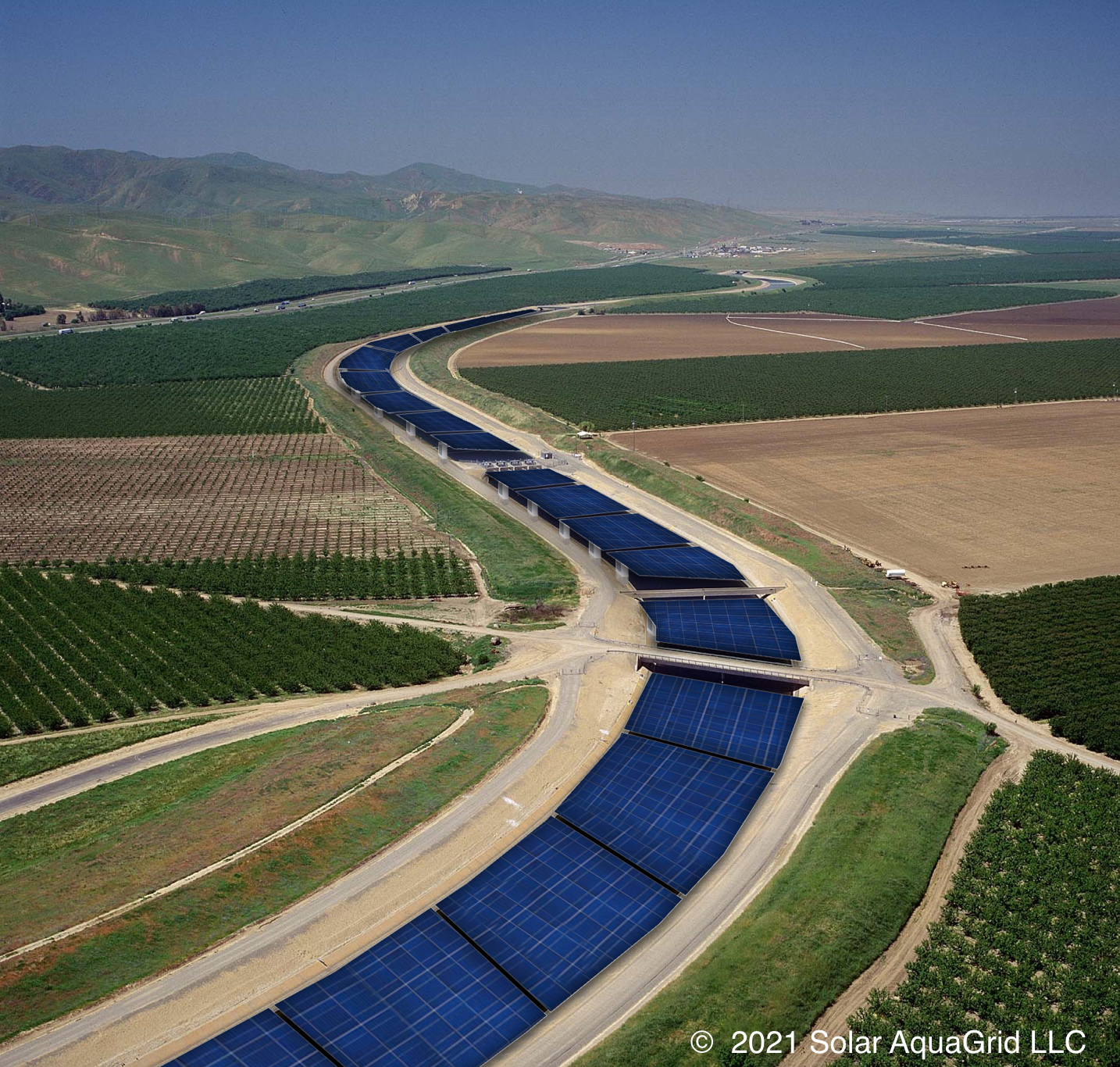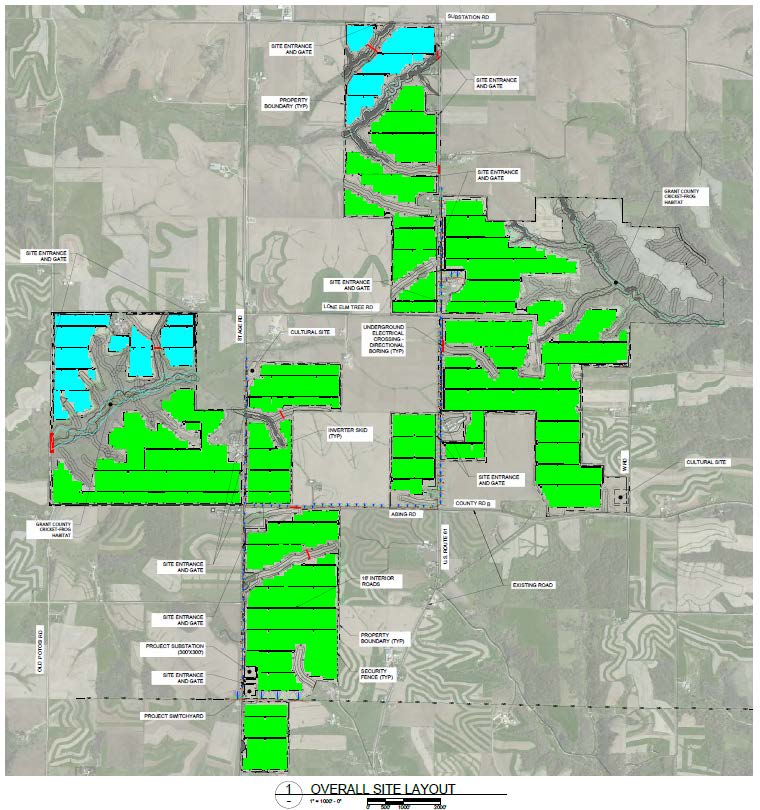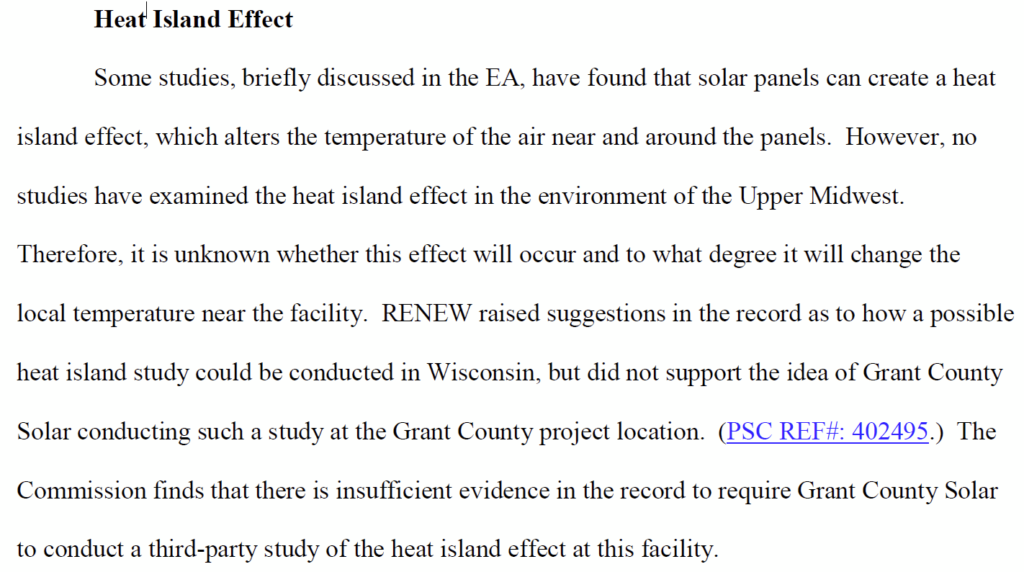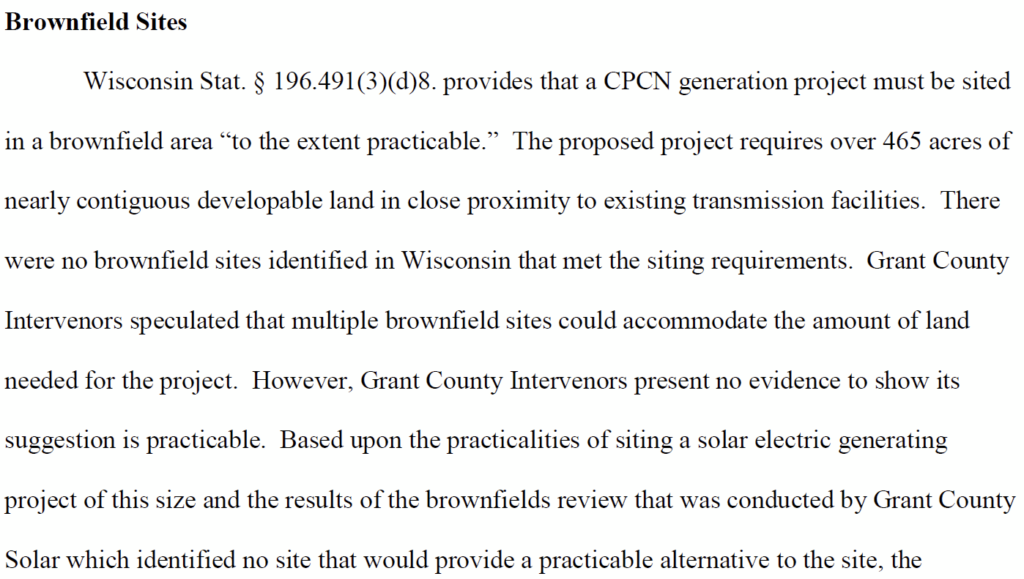Annual PPSA Hearing – November 9!
October 22nd, 2022
Just got notice of the Minnesota Public Utilities Commission‘s Power Plant Siting Act annual hearing:
This happens every year, and it’s important to spread the word around. One change that is very good is that the Commission is doing a good job of serving notice of the hearing — there are ~ 128 pages of recipients of this notice! GOOD! Love the interwebs, makes it so easy to let people know what’s happening.
The “Power Plant” aspect is very broad, this includes not just “power plants,” but transmission lines, wind projects, and solar too. This is the opportunity to tell the Public Utilities Commission, and the state generally, what works and what doesn’t work about the procedures for siting electric utility infrastructure, ideally based on your experience.
One positive aspect of COVID is that hearings are now held in “hybrid” format, both in person and online via Webex:
It is best if using Webex (http://mn.gov/puc/about-us/calendar/ and click on “November 9, 2022” to get to “webcast”) to have video on your computer and to use the phone for audio, whether listening or making comments — that’s the best way to avoid feedback (using headphones helps too). The webcast link usually goes live 10 minutes or so before the hearing starts.
What to comment about? If you’ve had experience with a Public Utilities Commission siting docket, if there were issues that made it difficult to participate, things needing clarification, rules and/or procedures that need changing, this is a way to bring it to the Commission’s attention. Over the 27 years that I’ve been dealing with utility siting issues, oh, the horror stories I can and do tell. The system needs work, and siting infrastructure is a constantly evolving process, sometimes very good changes are made, and sometimes, no matter how much we petition (formally and informally), challenge, cajole, demand, they just won’t take responsibility, won’t do their jobs, and won’t even promulgate necessary rules.
A main point of holding this hearing, as above, is hearing from “the public.”
In addition to the public participation issues exposed in this report (about which not much, not enough, has been done), a few things that I’ll be bringing up, orally or in writing:
- The Office of Legislative Auditor investigated the Public Utilities Commission‘s practices, and this report had recommendations, most of which have not been addressed:
OLA-Report_PUC Public Participation 2020
- The Public Utilities Commission has not, in the decades I’ve been participating in the PPSA Annual Hearing, EVER brought up the PPSA for discussion and ACTION on issues raised.
- Wind siting “guidelines” were adopted via Commerce-EERA without public notice or opportunity for input: Large Wind Application Guide.2
- Notice has not been provided to landowners on transmission line routes where “alternate” routes are proposed, and sometimes landowners have not discovered their land may be affected until the public hearing, very late in the process.
- Power Plant Siting Act rule revisions, due after the 2005 Power Plant Siting Act legislative changes, have not been promulgated, despite a years long process, NINE YEARS, many committee meetings, and a lot of work by a lot of people. The Public Utilities Commission just dropped it… no action… sigh… Minn. R. ch 7849 & 7850 Rulemaking? DEAD!
- Despite 2 rulemaking petitions to the Public Utilities Commission, there are no wind siting rules! The Commission refuses to promulgate wind siting rules, instead using Small Wind Standards:
There’s no end to the issues to raise.
In addition to the public hearing, comments may be submitted in writing:
Get to it! Register your experience with the Public Utilities Commission, and let them know what needs work.
Wisconsin SB 1086 – Solar on sand mines
April 11th, 2022
Wisconsin folks, call your legislators! Support this bill!
https://legis.wisconsin.gov/
Why? Wisconsin has a “brownfield” bill, but Public Service Commissioners IGNORE the requirement that energy infrastructure be built on brownfields:
(d) Except as provided under par. (e), the commission shall approve an application filed under par. (a) 1. for a certificate of public convenience and necessity only if the commission determines all of the following:
8. For a large electric generating facility, brownfields, as defined in s. 238.13 (1) (a), are used to the extent practicable.
Despite this clear requirement, they acknowledge it, laugh about it, and dismiss it without consideration, and instead site on prime and protected agricultural land.
So YES! This, something I’ve been advocating for, for YEARS!
Solar over canals and aquaducts
August 30th, 2021

Why did it take so long for this to arrive here in the U.S., it took many years, and a release of a study pointing out the siting and efficiency advantages. Parking this here for future reference!
Why India’s Canals Could Help Fast-Forward Its Solar-Energy Plans
Renewable future: Gujarat govt to set up 100 MW solar power project atop Narmada canal
The ‘solar canals’ making smart use of India’s space
Overall, Gujarat has more than 80,000km of canals meandering through the state. According to Gujarat State Electricity Corporation, if 30% of this were converted to solar, 18,000MW of power could be produced, saving 90,000 acres of land.
This is not a new idea, a demonstration canal project was built in India in 2012:
Gujarat’s solar panels over canals project is a great idea for sustainable energy production
And almost a decade later, in California:
Study looks at covering California’s canals with solar panels
And the study:
Energy and water co-benefits from covering canals with solar panels
And in Popular Science:
Solar panels and water canals could form a real power couple in California
FINAL Order – Grant County Solar
May 17th, 2021

The Wisconsin Public Service Commission has issued its Final Order for Grant County Solar:
Printing… 20 days to ruminate and digest and out with a Petition for Rehearing.

An indication of how absurd this decision is:

And this, where again they blow off the statute:


Reply Briefs – Grant County Solar
March 16th, 2021

The Grant County Solar project docket proceeding at the Wisconsin Public Utilities Commission is moving towards a Commission decision. Yesterday, our Reply Briefs were due:
And the Initial Briefs:
Next step in the 9804-CE-100 docket, the Decision Matrix, which we comment on. The PSC should release that soon, it’s usually right after briefing.
For the PSC’s 9804-CE-100 Grant County Solar docket, GO HERE!
For the Wisconsin Power & Light docket umbrella over SIX solar projects, including Grant County Solar, 6680-CE-182, GO HERE! We filed a non-party brief in this docket – intervention was denied:








